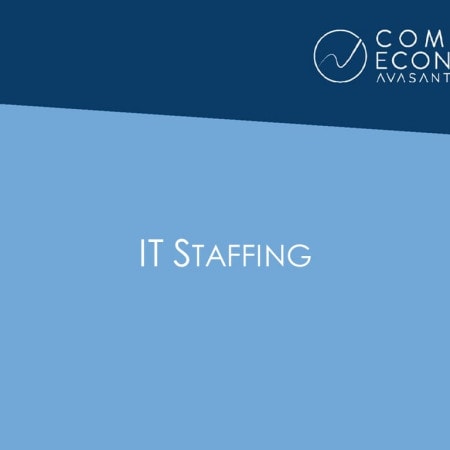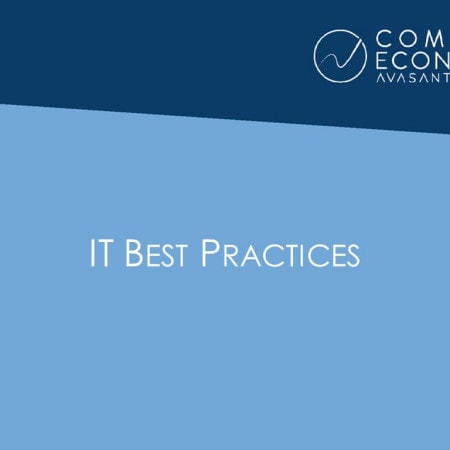-

Minimizing Data Center Job Failure Rates
The successful completion of batch and online processing is crucial to meeting service level objectives in any data center, yet a surprising percentage of data centers do not routinely collect metrics concerning job failures. This article presents statistics concerning the average rate of job failure in IBM mainframe (z/OS) data centers along with the typical rate of failure experienced by organizations that implement best practices. We also break down failure rates by type of failure and provide recommendations for attaining best-practice status. (3 pp., 3 figs.)
December, 2007
-

Questioning the Cost Performance of Mainframes
Many IT professionals are under the impression that mainframe computers (a.k.a, enterprise servers) have strong cost-performance characteristics. But recent data from Computer Economics challenges that assumption, especially when mainframes are used in a mix of with other classes of servers in the same data center.
April, 2006
-

The Case for Mainframe Migration and Consolidation
Mainframe computers still occupy a major position in the hardware inventory of many data centers, especially in certain industries such as banking, finance, and insurance, and among larger companies. According to statistics collected in our annual IT spending survey, the economic performance of mainframes is not as good as that of other hardware platforms, especially in data centers where mainframe computers are used in a mix with other classes of servers. For organizations with such a heterogeneous server mix, these findings may be used to justify migration of mainframe applications to other server platforms or, at a minimum, undertake a mainframe server consolidation strategy. (8 pp., 7 figs.)[Executive Summary]
April, 2006
-

Can Linux Save the Mainframe
The decision to consolidate open servers onto a single mainframe comes down to a total cost of ownership (TCO) issue. Is it more cost-effective to support server environments virtually on the mainframe versus on Intel based servers?
January, 2004
-

On-Demand Mainframes Rewrite the Economic Equations
Despite many claims of its demise, the mainframe is far from dead. The reliability of these machines and their tolerance for legacy software makes them invaluable to large organizations. New systems offer dynamic workload balancing based on selectable priorities and, more importantly from a cost point of view, capacity-on-demand processing.
July, 2003
-

COBOL Migration Case Study
Like many companies, Kelley-Clarke Seafood of San Diego, CA was struggling with an aging infrastructure and hundreds of thousands of lines of COBOL that represented their entire application portfolio. Facing a major migration, Kelley-Clarke evaluated their options and chose a path that would minimize costs and disruption but still allow them to migrate to a 21 century infrastructure.
July, 2003
-

Users Turn to Other Options as Mainframe TCO Increases
Although the majority of large business applications still run on mainframes, the growing likelihood of high ownership costs and increased management challenges are cutting into those numbers. The just completed Computer Economics 2003 Information Systems Spending survey clearly shows more mainframe owners seem to be migrating toward a server-based architecture. These statistics imply that buyers are highly satisfied with the value offered by small servers in their organizations.
May, 2003
-

The Changing Face of Below 60-MIPS Mainframes
Moore's law, most visibly observed in PCs and servers, has also quietly transformed the mainframe world. Its stellar price/performance consequence has reduced the ability of companies like IBM to provide labor-intensive services such as on-site sales and support; it also imposes economic disincentives to offer small machines, since they cost as much as large systems to build and supportâyet market forces dictate that they sell cheaper and thus cannot carry overhead and staffing burdens enjoyed in the past.
September, 2002
-

IBM Mainframe Partitioning: LPAR vs. VM Function and Efficiency
IBM mainframe computers (System/390, zSeries 900 systems) are commonly partitioned to improve reliability and operational efficiency. Partitioning creates multiple system images that can perform related or unrelated work, using homogenous or heterogeneous operating system environments.
September, 2002
-

Why, Whether, When to Migrate from VSE to z/OS—Cost/Benefit Tradeoffs
Many VSE sites maintain a "steady as we go" attitude, focusing on incrementally growing application requirements. Evolving application needs can often be satisfied by upgrading within VSE, partnering Linux capabilities with VSE, or installing a small VSE-connected Unix/HP/NT system. These choices can be online faster and cost much less than undertaking z/OS migration, which typically requires 15-18 months and costs a million dollars.
September, 2002
-

z/VM—What’s Old Is New Again for Mainframe Productivity
Today's z/VM, Version 4.2, has a noble decades-long lineage, but has hardly grown stale; it plays an up-to-the-minute role in bringing enterprise-class services to diverse market sectors, often enabling mission-critical Internet services.
September, 2002
-

System Consolidation Is Widespread (July 2002)
Server and mainframe consolidation is very widespread according to the 13th annual Information Systems and E-Business Spending study conducted by Computer Economics.
July, 2002
-

Linux Changes Economics of Mainframe Computing
It depends is a phrase familiar to anyone analyzing mainframe system capacity or performance, whether discussing computing economics or characteristics. It has been decades since commercial software was provided free--or, more accurately, bundled with hardware. Since then, IBM software licensing terms and fees have changed several times, most recently to dramatically favor Linux-based computing.
May, 2002
-

What Lies in the Future for the Mainframe Market?
Mainframes are widely used to satisfy e-commerce, customer relationship management, ERP, and server consolidation requirements, but recent events presage major changes in past big iron trends. This report outlines the decline in mainframe installations and cost-per-MIPS for the period 1998-2003.
February, 2002
